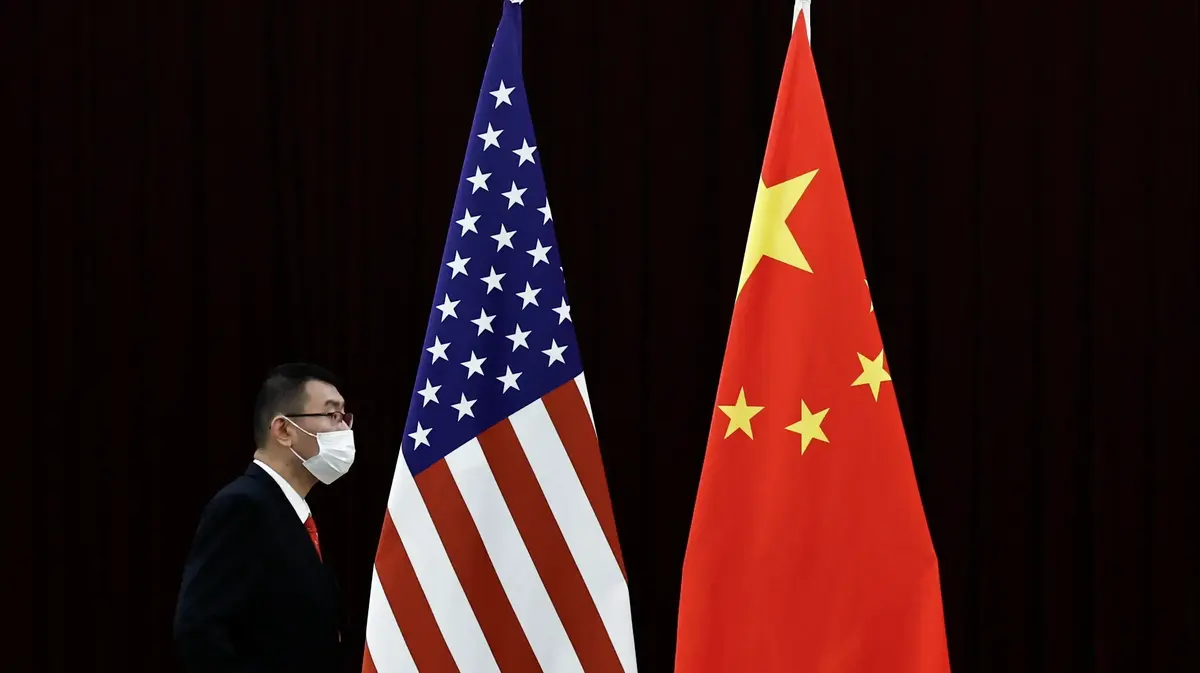Researchers from MIT and Harvard in the United States have discovered, thanks to an artificial intelligence algorithm, a new antibiotic molecule capable of killing bacteria resistant to traditional antibiotics, a long-awaited major breakthrough. The antibiotics currently used are already old, and the traditional process of finding new ones is costly and cumbersome.
Read also: The EU wants a “responsible” and controlled artificial intelligence
Artificial intelligence (AI) makes it possible to search, “in silico”, that is to say by computer modeling, which chemical molecules would be able to attack certain bacteria, by examining libraries of chemical compounds by l AI. " We wanted to develop a platform to harness the power of artificial intelligence to open a new era of antibiotic drug discovery ," said James Collins, professor of medical engineering at MIT, co-author of this discovery published Thursday in the journal Cell. " Our approach has revealed this incredible molecule, which is arguably the most powerful antibiotic ever discovered ."
"Halicin" molecule
AI makes it possible to widen the field of drug candidates to molecules that researchers did not suspect. The idea is not new (decades), but so far the methods have not been sophisticated enough to really find effective molecules. The researchers trained their model from the bacterium Escherichia coli, then searched through a library of 6000 chemical compounds which had the desired characteristics. The algorithm found a compound with a different structure from existing antibiotics, and predicted that it would be effective against many bacteria.
They named the molecule "halicin", in homage to the HAL computer of the film "2001, the Space Odyssey", then tested it in the laboratory against dozens of bacterial strains taken from patients and cultivated in vitro. Halicin has successfully killed many bacteria resistant to existing antibiotics, including Clostridium difficile, Acinetobacter baumannii, and Mycobacterium tuberculosis. Only the bacterium Pseudomonas aeruginosa resisted it.
Finally, the new molecule was tested on mice infected with A. baumannii, a bacteria that has infected many American soldiers in Iraq and Afghanistan, and which resists all existing antibiotics. The mice were cured in 24 hours. The authors hope that their model will strengthen the entire antibiotic arsenal, while antibiotic resistance is a subject of global concern for health authorities. The Organization for Economic Cooperation and Development (OECD) recently estimated that resistant bacteria could kill 2.4 million people in Europe, North America and Australia by 2050.
Read also: From Butler to McEvan: artificial intelligence, new barbarism?









